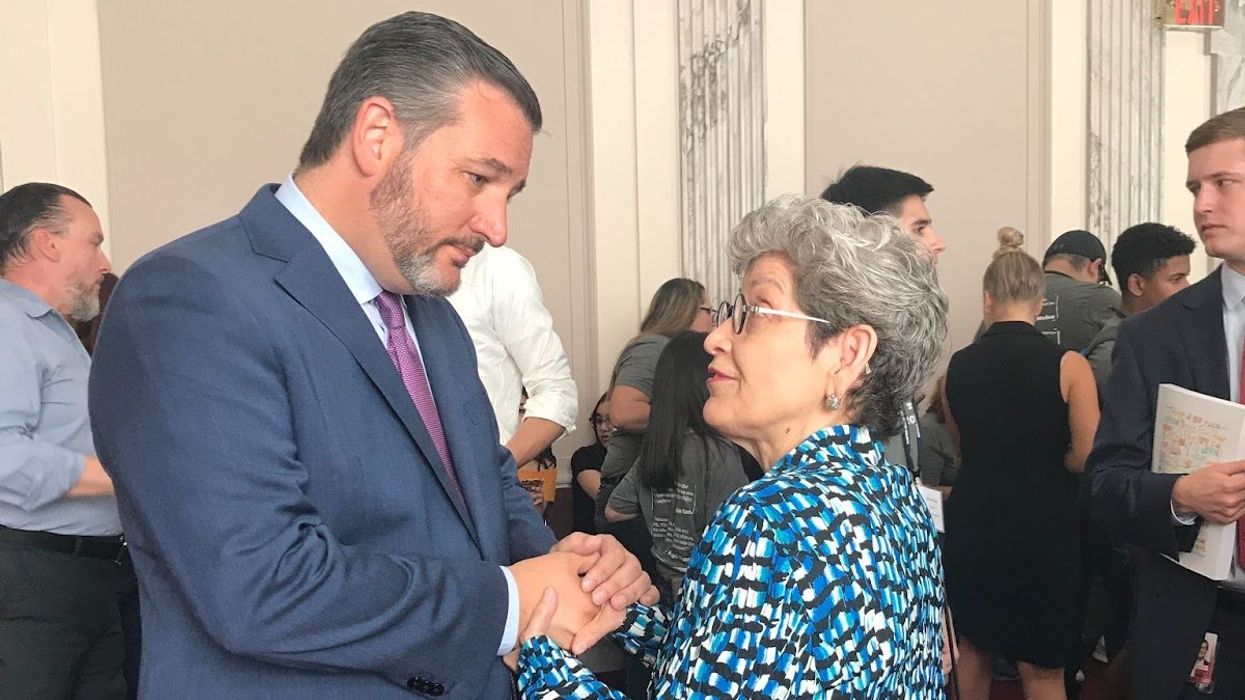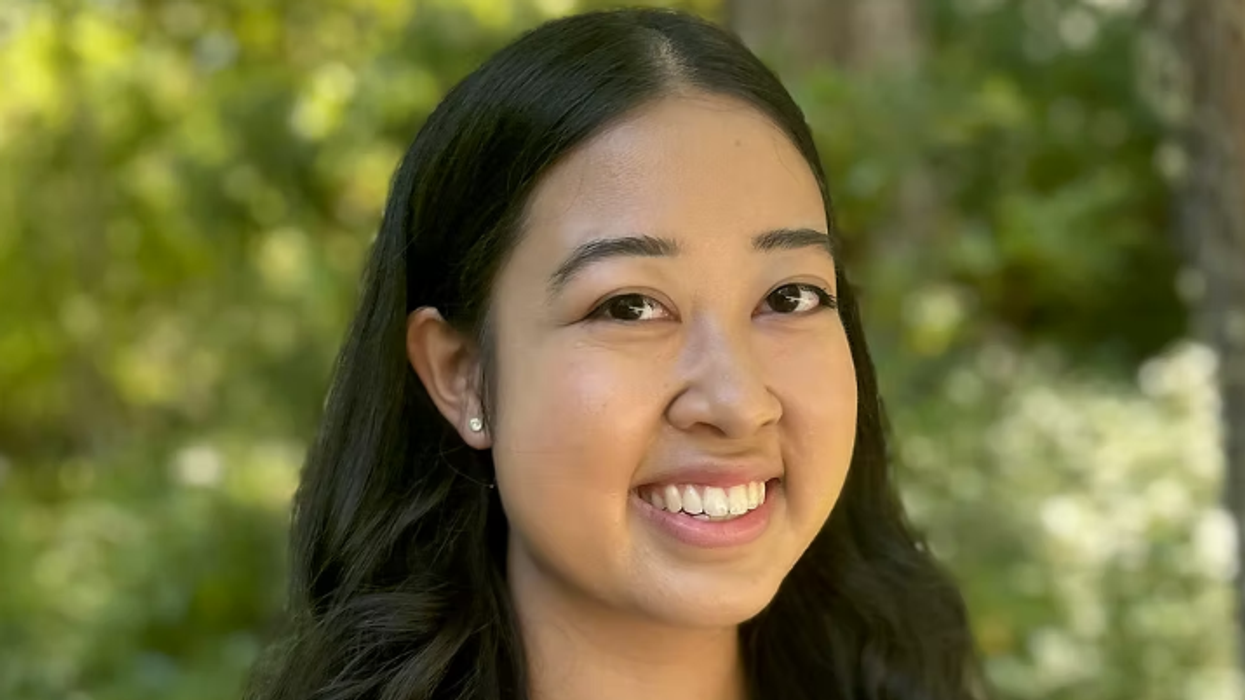Daley-Harris is the author of “ Reclaiming Our Democracy: Every Citizen’s Guide to Transformational Advocacy ” and the founder of RESULTS and Civic Courage. This is part of a series focused on better understanding transformational advocacy: citizens awakening to their power.
What do you want to hear first, the bad news or the “it’s getting worse” news? Don’t worry, there’ll be some serious hope buried in here.
First the bad news. According to Bridge Pledge, a project of the Mediators Foundation, only about half of all members of Congress qualify as bridgers — lawmakers who score high marks when it comes to having a commitment to collaboration, coalition building, consensus solutions and bridging. Yes, I consider it bad news that only about half of Congress is committed to working together.
Now for the “it’s getting worse” news. Seventy percent of the 53 members of Congress who are retiring or sought a different office this year are rated as bridgers according to Brad Porteus, executive director and founder of Bridge Pledge. Porteus used data from groups such as GovTrack, The Lugar Center and the Common Ground Committee. To acknowledge that it’s not always easy to reach across the aisle and reward those who display unexpected courage, BP gave more weight to a collaborative act in a heavily red or blue district than a similar act in a purple one.
Porteus hopes to nudge other lawmakers to be more like the consensus builders by highlighting those who are and encouraging voters to back them. According to The Hill, “Porteus hopes to help change the system that creates polarization and instead encourage voters to take a pledge to support bridgers.”
Here’s the good news. While it’s fine to take a pledge to support our elected officials who act as bridgers, we can do more: We can actually develop bridgers. I often hear activists say, “My member of Congress is terrible, there’s really no reason to meet with them,” or “My member is so good on this issue, there’s no reason to meet with them.” But that gets us nowhere.
Here’s how to start developing bridgers.
When I’m coaching a group that’s meeting with a member of Congress who opposes their bill, I have them ask these three questions:
- What would it take to change your mind?
- Could you say more about that?
- Why do you think that is?
It’s essentially a deep listening exercise and you’re looking for assignments. If the member of Congress says, “I’d probably support it if you got the mayors on board,” then go get support from the mayors.
Are you shaking your head and wondering, “Who meets with a member of Congress who opposes their bill?” I know lots of folks who do. Here’s an example. In 2019 then-President Donald Trump called for a 29 percent cut to the Global Fund to Fight AIDS, Tuberculosis, and Malaria after the fund and its partners had saved 38 million lives since its launch in 2002. It was time for a three-year replenishment of funds and many countries would follow the United States’ lead.
Few Americans knew about the proposed cut, and if they did, most were throwing up their hands deeming it hopeless. But people I know got the training and support they needed, rolled up their sleeves and got hundreds of members of Congress — Republicans and Democrats — to cosponsor resolutions in the House and Senate and sign letters to Secretary of State Mike Pompeo and leaders of the relevant Appropriations committees, all in support of the fund.
What do these revolutionary volunteer advocates look like?” They look an awful lot like you and people you know. Look at the picture above of Margaret Smith, a RESULTS volunteer from Dallas, holding Sen. Ted Cruz’s hands. “I learned in RESULTS,” Smith told me, “that I hold Senator Cruz’s hand with two hands and I don’t let go until I’ve finished my laser talk on the Global Fund to Fight AIDS, Tuberculosis, and Malaria.” That year the RESULTS groups in Texas had 40 meetings with Texas legislators or their staff and had 25 letters, op-eds and editorials published, all in support of the global fund.
“I must say,” Smith told me, “we were all floored when Senator Cruz cosponsored the Senate global fund resolution. Senator Cruz had never cosponsored anything or signed any letter due to our asks! Maybe this can be a turning point in our relationship with him.”
That’s not to say that Cruz is a bridger — clearly he’s not. But it shows that openings are possible, that even the most partisan legislators can do the right thing when we as citizens make a powerful, persuasive and persistent case for it.
The campaign worked. Because of citizen activists, Congress passed and Trump signed into law a 16 percent increase to the fund instead of the proposed 29 percent cut. By 2022 the Global Fund Partnership had saved 59 million lives.
If 70 percent of the members of Congress identified as retiring or seeking a different office are rated as bridgers, isn’t it time we learned to develop more?
































